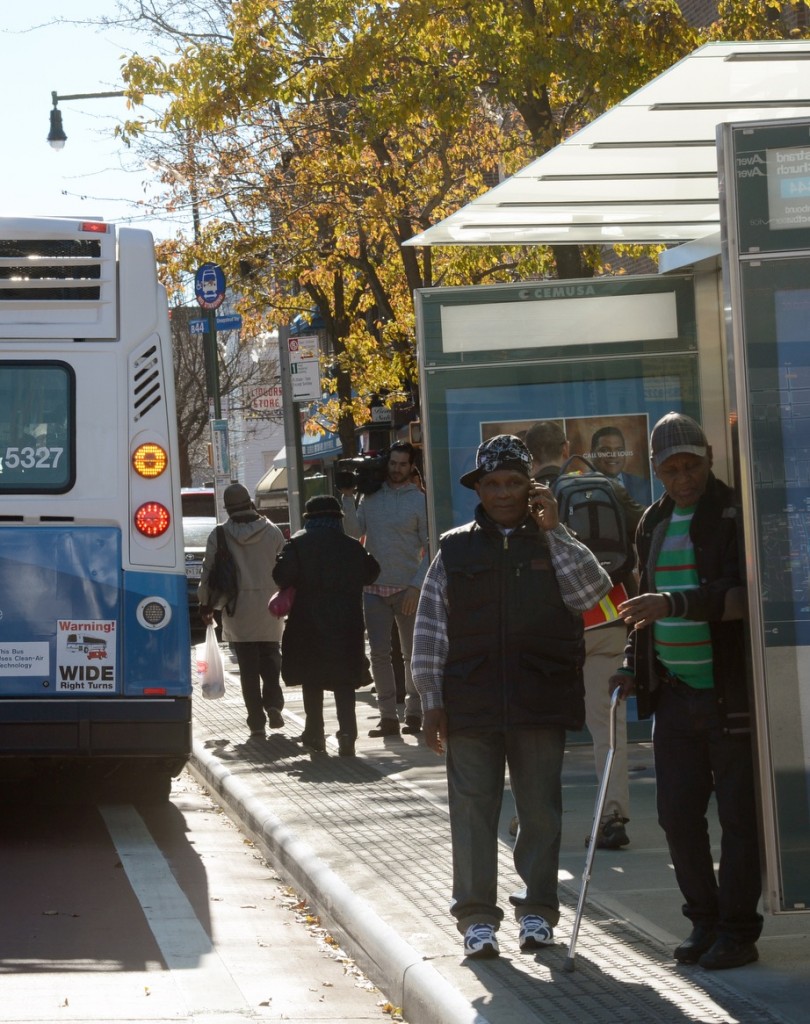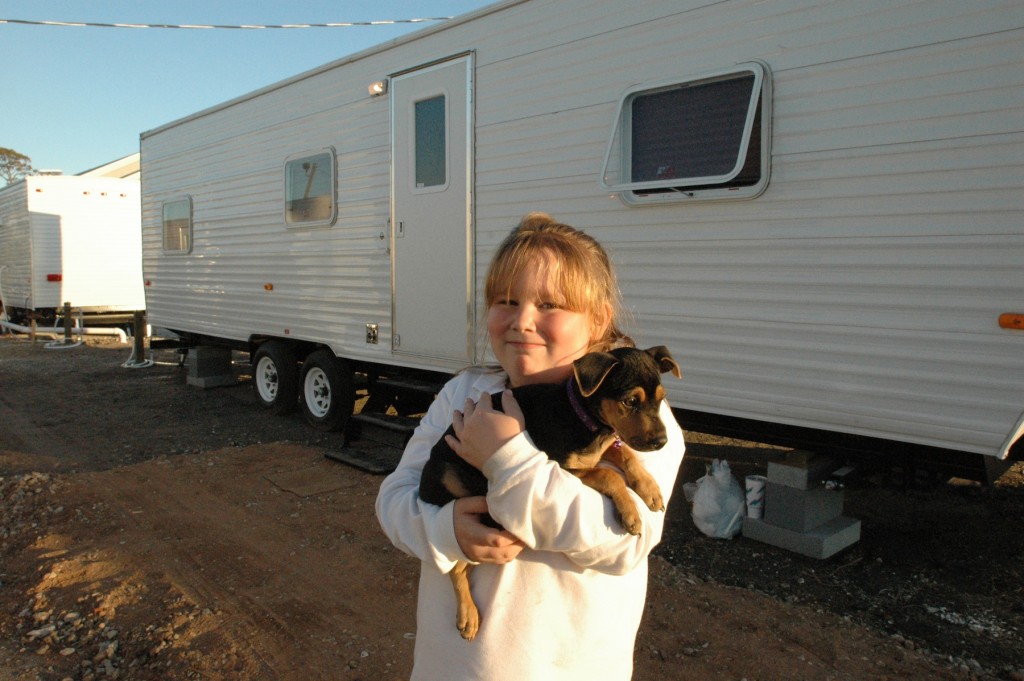Equity and Climate Change
The future is already here – it’s just not evenly distributed.
The Economist, Dec. 4, 2003, William Gibson
Social equity is “fair access to livelihood, education and resources; full participation in the political and cultural life of the community; and self determination in meeting fundamental needs” (Ecotrust, 2011).
Inequalities and social equity challenges can limit communities’ capacity to cope with these and similar events, and some members of these communities may end up bearing a disproportionate burden of impacts. For example, storm flooding or elevated groundwater conditions caused by a changing climate may disrupt the only mode of travel available for those with limited transportation options, making it impossible to get to work, the doctor or the grocery store.
The ART Program focuses on the social equity challenges that climate change presents, and ways to build resilience to these concerns.
This emphasis provides agencies and organizations within a specific project area and throughout the Bay region with a clearer picture of the consequences of sea level rise and storm impacts on communities. Project outcomes then support further assessment and development of equitable adaptation responses in planning efforts that range from local to regional scales.
Sustainability in ART
Equity is one of four sustainability frames that are integrated into each step of the ART Approach to adaptation planning.
For the ART Program, applying these frames to each planning project has ensured that a wide range of critical issues was identified and that the outcomes of the process supported the sustainability of shoreline communities.
Equity in the ART Program
Design Your Project
The ART Portfolio: How-to section includes the step-by-step Design Your Project guidance and tools – “supplies” – needed to use the ART approach to adaptation planning for a project. Social equity is explicitly addressed in these resources to enable projects to fully assess, identify and develop responses for equity issues.
An example of this is the ART Assessment Questions. These provide a framework for collecting the data and information that lead directly to the identification of vulnerabilities, consequences, and key planning issues. In addition to a set of Community Characteristics questions that identify social equity vulnerabilities, potential equity concerns are queried in sector-specific questions relating to functional vulnerabilities and consequences of impacts to assets. This integrated assessment approach is an important feature of the ART methodology that helps projects avoid inappropriately treating linked issues as piecemeal concerns.
Stronger Housing, Safer Communities
In this project (completed in Spring 2015), the ART Program and the Association of Bay Area Governments (ABAG) Resilience Program engaged local stakeholders and topical experts to identify the housing and communities that are particularly vulnerable, and to develop locally relevant strategies to address the specific vulnerabilities and consequences identified.
To better understand the challenges Bay Area housing and communities face from earthquakes and flooding, the project assessed socio-economic characteristics of individuals and households that affect their ability to prepare for, respond to and recover from a disaster.
The ART Alameda County Project
In this pilot project for the ART Program, equity issues were identified for each of the twelve categories of assets evaluated, and adaptation responses including options for implementation were developed to address these issues.
The ART Program also reviewed how resilience has been defined in the context of equity, the specific equity concerns that need to be analyzed and addressed in adaptation and hazard planning, and acknowledged challenges to integrating equity into planning.
Reference: Ecotrust. (2011) https://www.reliableprosperity.net/social_equity.html
Links:
- ART Portfolio: How-to > Design Your Project:
- How-to Guide: The ART Assessment Questions

- ART Supplies
- Stronger Housing, Safer Communities Project:
- Summary
 and Technical Report
and Technical Report 
- Strategies Manual for Local Governments

- ART Alameda County Project
- ART Equity Issue Paper

- ART Socioeconomic Analysis

- ART Portfolio: Findings by Sector
- Synthesizing Vulnerability & Risk: The Define Step

- Developing an Adaptation Response: The Plan Step


For more information:
- Dana Brechwald
- Dana.Brechwald@bcdc.ca.gov
- 415-352-3656

